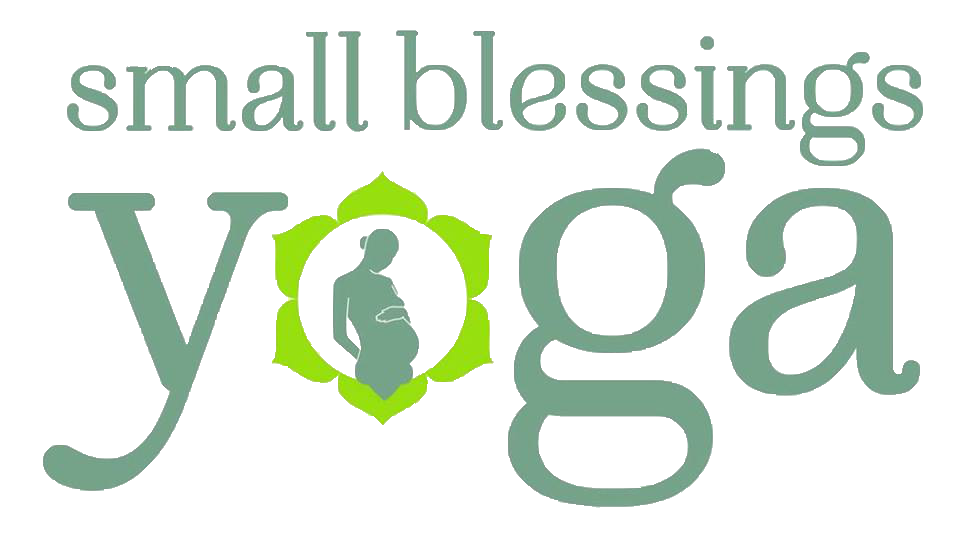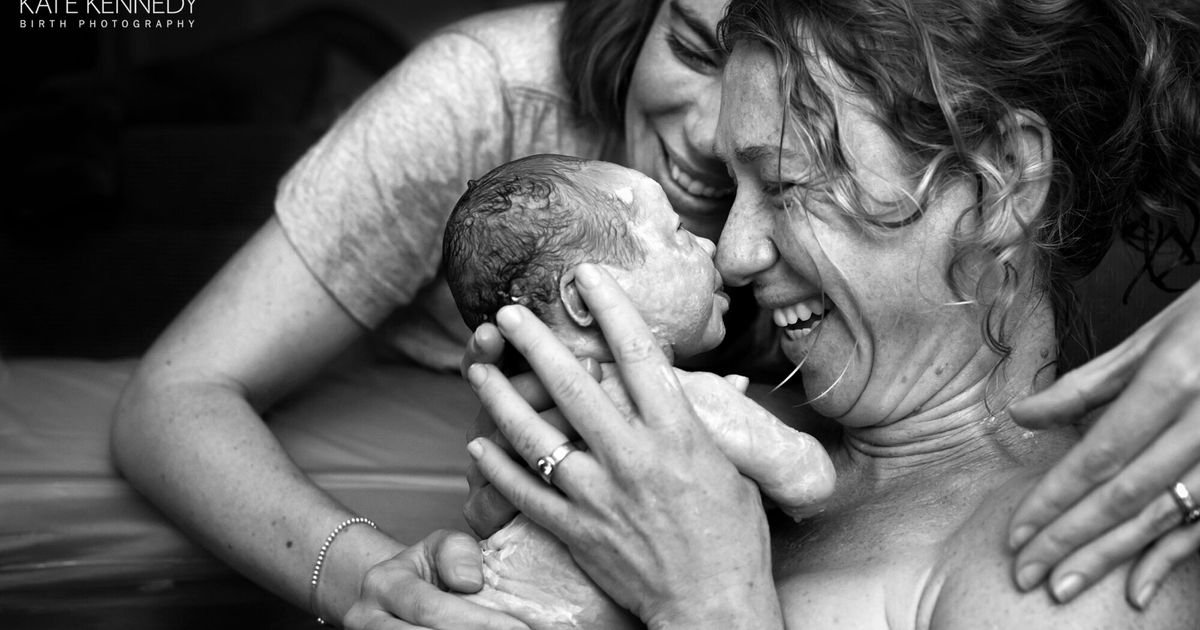The incredible hormone cocktail of birth
It is said in Kundalini Yoga humanology that in the first 3 days of a baby´s life, he or she learns love. The hormone that governs the uterine surges or rushes (or contractions), oxytocin, is the same hormone present in orgasm. It is a melting, heart-opening love hormone. Just following birth, this hormone is at its highest levels, which is nature´s way of bringing about the falling in love with your baby feeling, creating a deep bond between you which will ensure the baby´s continued health and well-being. The baby is experiencing the effects of oxytocin too and also the father and all those close and present.
The baby also has adrenalin in her blood at birth. In transition phase, the turning point after you’re fully dilated and before the baby is moving down the birth canal and is then born, there is a new boost of adrenaline. You’re tired. It’s been quite a journey. Yet your baby is not far away from your arms now! A small wave of adrenalin rushes through your baby - excitement! Soon you will meet. When the baby is born, she has her eyes open, alert, looking. The adrenalin helps her lungs to begin to breathe. She is present and awake, taking you in. It’s an incredible moment. Skin to skin contact between you, allowing the last of the blood from the placenta to pulse into the baby before cutting the cord, supports the flow of oxytocin. The whole thing is designed for the beginnings of bonding and falling in love.
This is an archetypal scenario I’m describing. It’s one in which the birth was able to proceed conducted by your own naturally unfolding sequence of hormones. In each phase of labour, the pituitary gland masterfully mixes the hormones, thanks to the body’s sophisticated in-built feedback loops, continually micro-adjusting. Oxytocin is the hormone that brings on the surges of labour, but it is mercifully mixed and softened with beta-endorphins, powerful, natural opiates, hormones of pleasure and transcendence, allowing you to ride the waves. This ride is a challenge for sure, and the intensity of it requires all your focus. It’s a stretch (it’s stretching you physically but also mentally, emotionally) but it’s a positive and life-affirming one.
Along with the oxytocin, adrenalin in the right measure at the right time and beta-endorphins comes prolactin - the mother hormone - which is preparing your body to produce milk for your newborn. Everything is thought of.
And, a lesser known partner of oxytocin, yet it’s so telling that this is an ingredient of the mix, is vasopressin. As the hormone of grit and courage, it adds that quality to the love and openness of the oxytocin. It’s a love with boots on, like Pippy Longstocking, strongest girl in the world. Or love with teeth, as a student of mine once said and it has stuck! Vasopressin is the hormone of courage. Birth requires it. It takes you to the edge of the unknown and there you can feel fearful or you can feel excited. When you exit the experience you won’t be the same person as when you entered. Courage is required. You are entering your own birth canal and on the other side will be a mother. It is one of life’s most amazing and powerful rites of passage. And rites of passage all have an element of challenge and edge of the unknown-ness to them.
That’s why we typically take on a guide for the journey, to reassure us when we feel lost or lose faith. But ultimately, it’s YOU. You and your baby. Going through this ordeal together, coming down together in the peaceful, relief-flooded, victorious moments after it. Co-regulating after the positive stress of it. Nature orchestrates it so artfully, so powerfully, so compassionately.
Read about the influence of induction, synthetic oxytocin and epidural on the birth hormone cocktail HERE.


